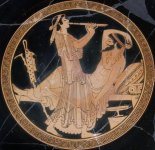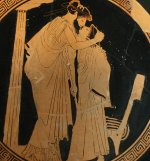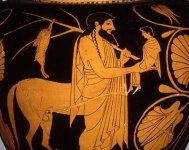Your a good attorney, you seem to never ask a question that you don't already have a good idea what the answer is

Well, if I genuinely lack some knowledge about a topic, I definitely would and "have" asked a question precisely because I didn't know the answer. That's how you learn in a situation like this, or in a classroom, for example.
You can't do that in a court room, unless you want to lose. You have to know the answer to every question you ask, no matter what the circumstances.
If you're doing a direct examination of your own witness, again, you have to know the answers to the questions, but the questions have to be completely open ended: What, when, where, why, how. Hopefully the witness has been sufficiently prepared that the necessary points will be made, because you can't ask a "leading question", i.e. one where the answer is implied in the question. You can't help your witness out in that way.
If you're cross-examining a perhaps hostile witness it sometimes seems you're asking nothing but leading questions to which you know or can prove the answer and which you also know will impeach the witness by showing an agenda, bias, propensity to lie, prior inconsistent statement, mistake of fact etc.
That's the difference. Understanding that and how to lay a proper foundation to get evidence admitted and the exceptions to the hearsay rule are what trials rely upon. It's amazing how many practicing attorneys can't get it right. I blame it on the fact that so many cases settled before they ever reach trial.
In this hobby, which is just awash with people analyzing data not "blind", or objectively, but purely from the standpoint of their own agendas, it takes no great skill to know what is behind the questions some people ask.
Off-topic. If you're interested in seeing an attorney who settled too many cases get destroyed because she didn't understand the fundamentals, watch the following. If she weren't such an awful, dishonest person I could almost feel sorry for her.
How NOT to do a direct examination of your witness:
https://www.youtube.com/watch?v=D1Q5nbu6BoQ
How TO do a cross examination:
https://www.youtube.com/watch?v=wUtjCcZa4Bs








